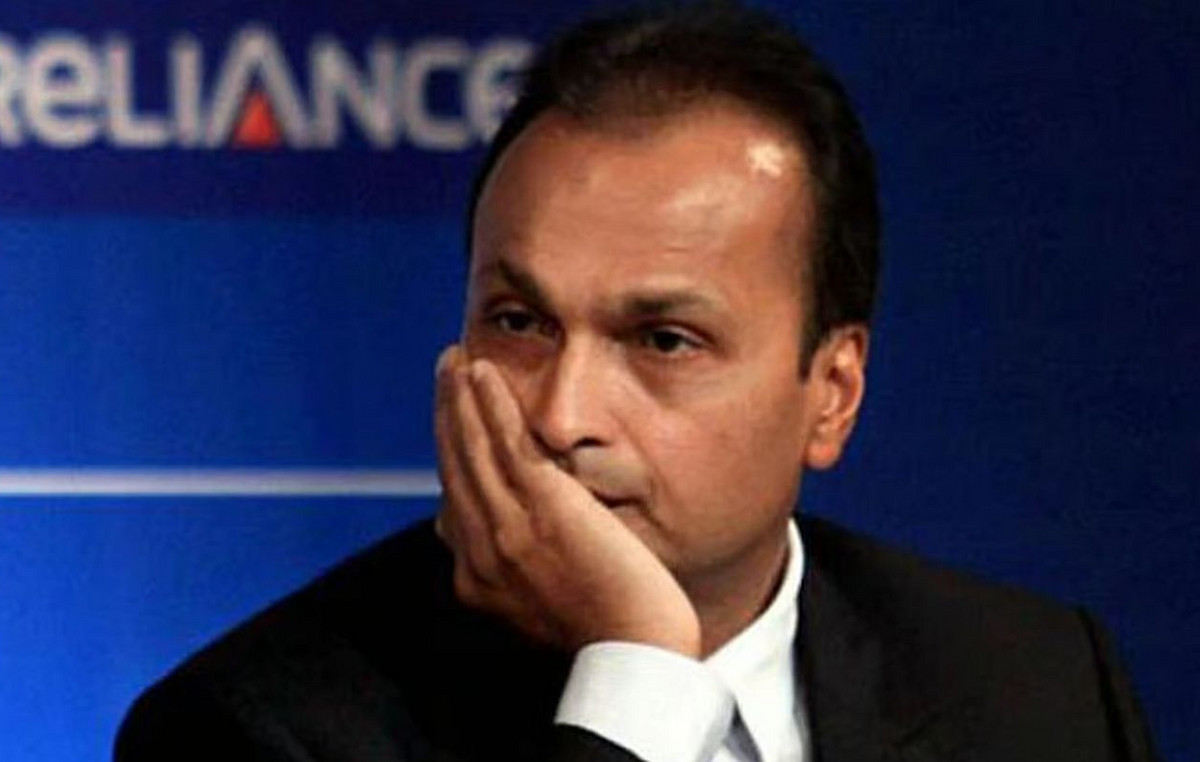The plan by part of the transition team of the elected government to remove R$ 175 billion from the scope of the constitutional spending ceiling could take the Brazilian gross debt from the current 76% to up to 97.5% of GDP (Gross Domestic Product), according to calculation from XP.
The value considers, in addition to the R$ 175 billion that would be used to cost the Brazil Aid of R$ 600, a minimum wage adjustment of 2% above inflation.
The study also considers other hypotheses:
A R$175 billion waver (“license to spend”), plus a 1% increase in the minimum wage above inflation, would bring the gross debt to 92.5% of GDP.
A waver (“license to spend money”) of R$ 175 billion, plus an adjustment in the minimum wage based on inflation, would bring gross debt to 88.3% of GDP.

One of the most important indicators for investors, the Brazilian debt is already above that of other emerging countries, where the indicator varies between 40% and 60% of GDP.
The problem with rising indebtedness is that the country’s risk perception tends to worsen, leading to capital flight, which would follow the perception that the risk of investing in the country would rise. This movement may leave interest rates higher for longer.
See full report above.
*Posted by Ligia Truon
Source: CNN Brasil
A journalist with over 7 years of experience in the news industry, currently working at World Stock Market as an author for the Entertainment section and also contributing to the Economics or finance section on a part-time basis. Has a passion for Entertainment and fashion topics, and has put in a lot of research and effort to provide accurate information to readers.







